-
 1
1
Case Number : Case 2182 - 19 October 2018 Posted By: Dr. Richard Carr
Please read the clinical history and view the images by clicking on them before you proffer your diagnosis.
Submitted Date :
M55. Middle finger. ?neurofibroma

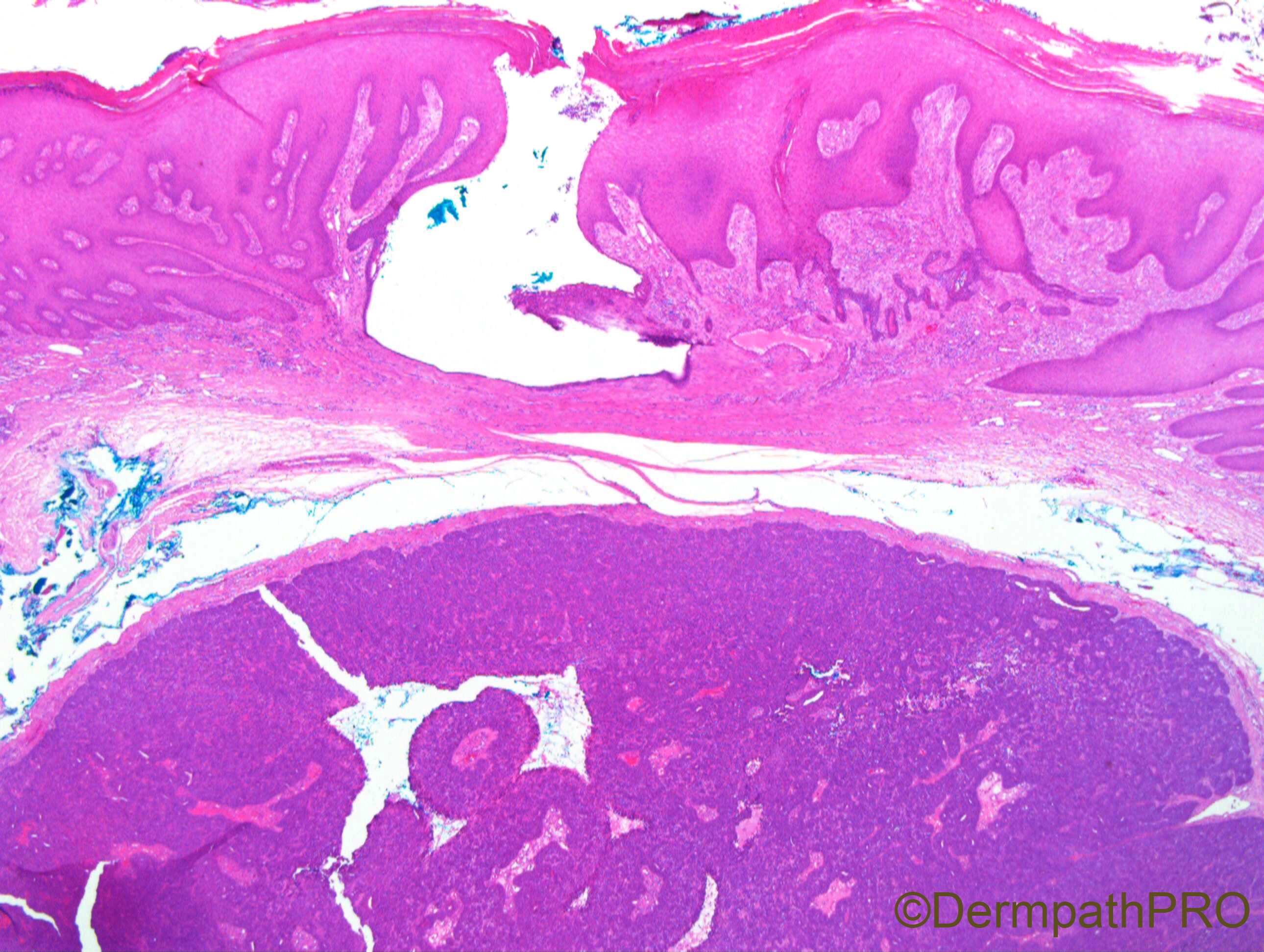
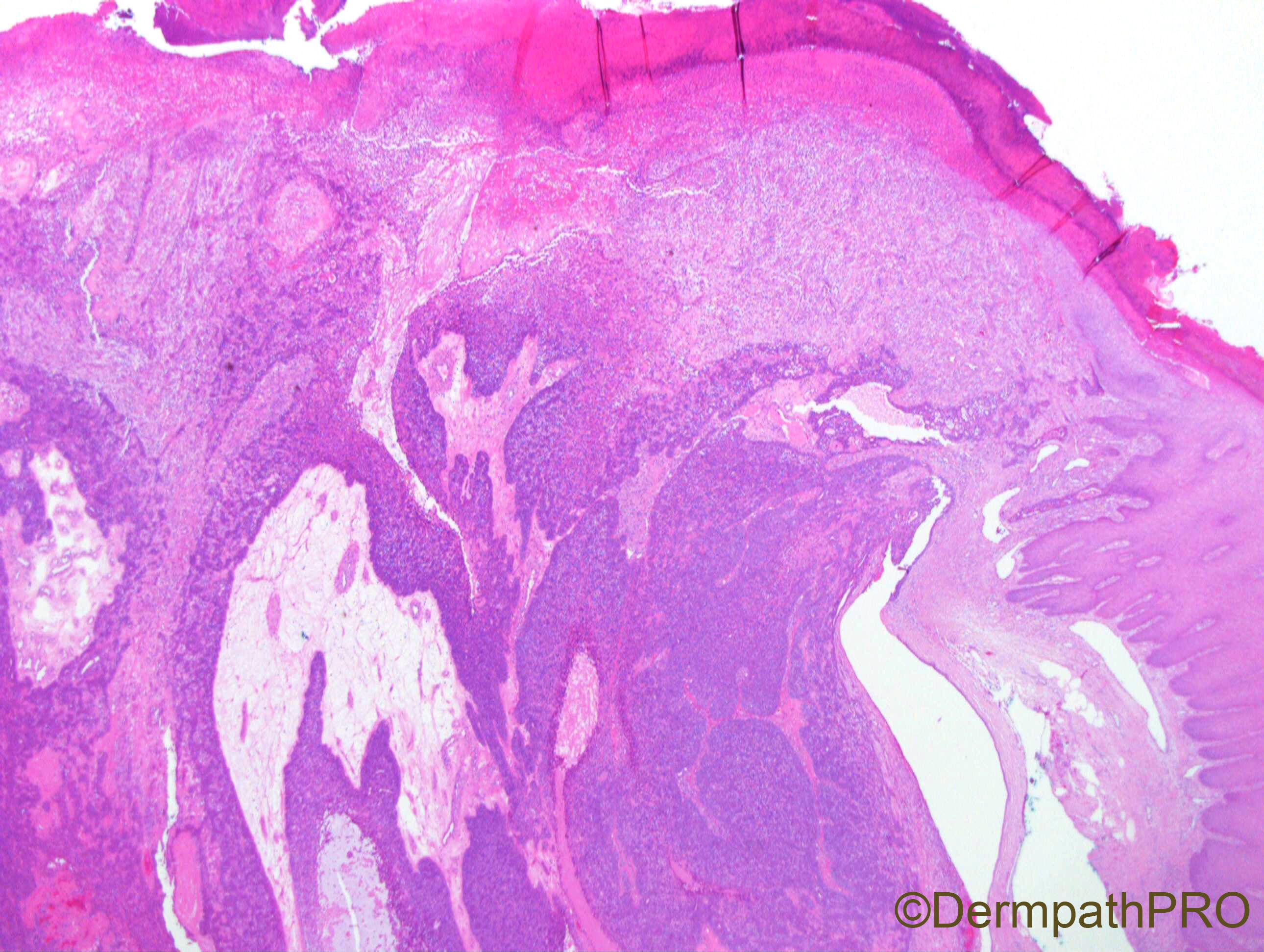
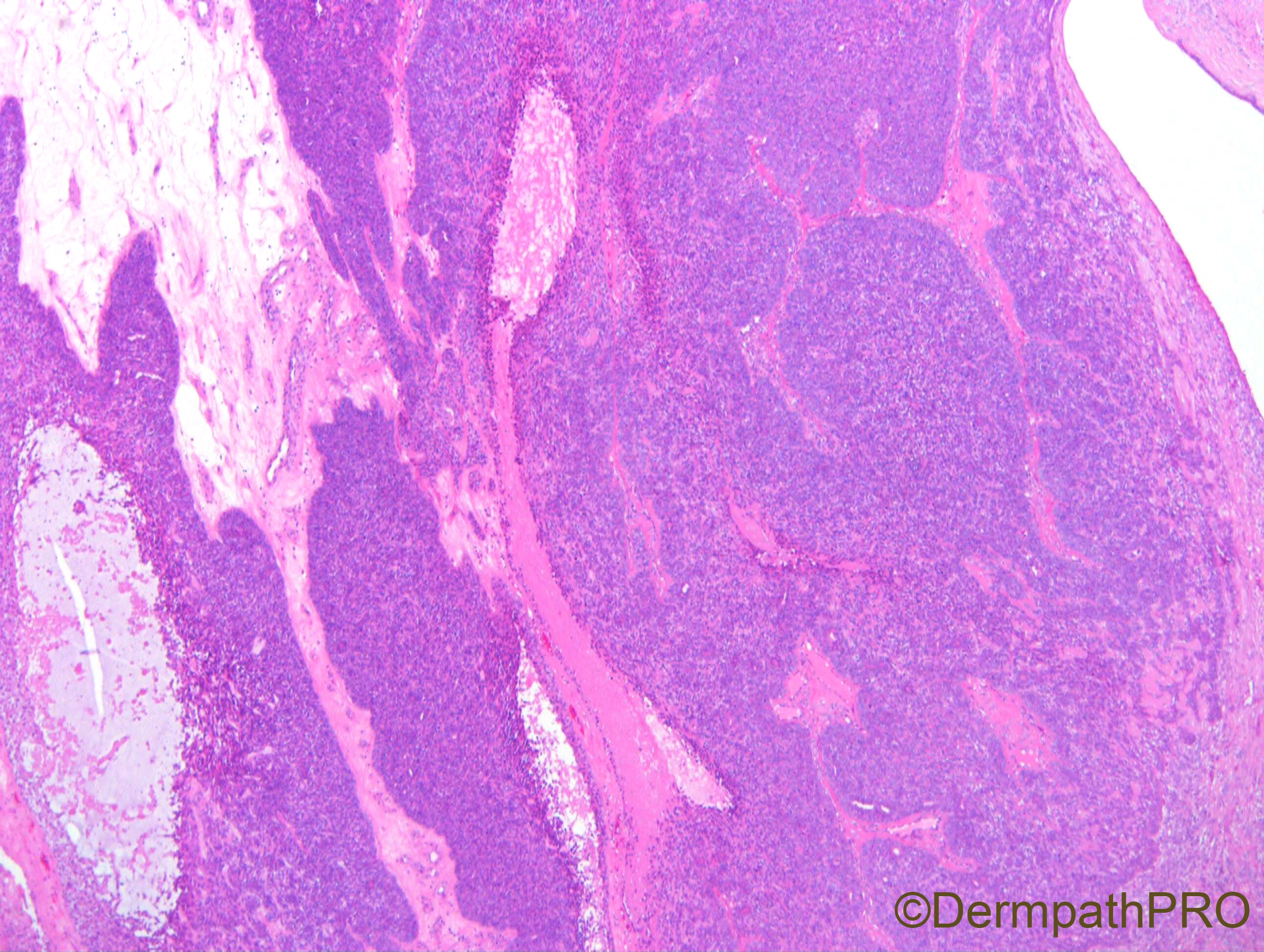
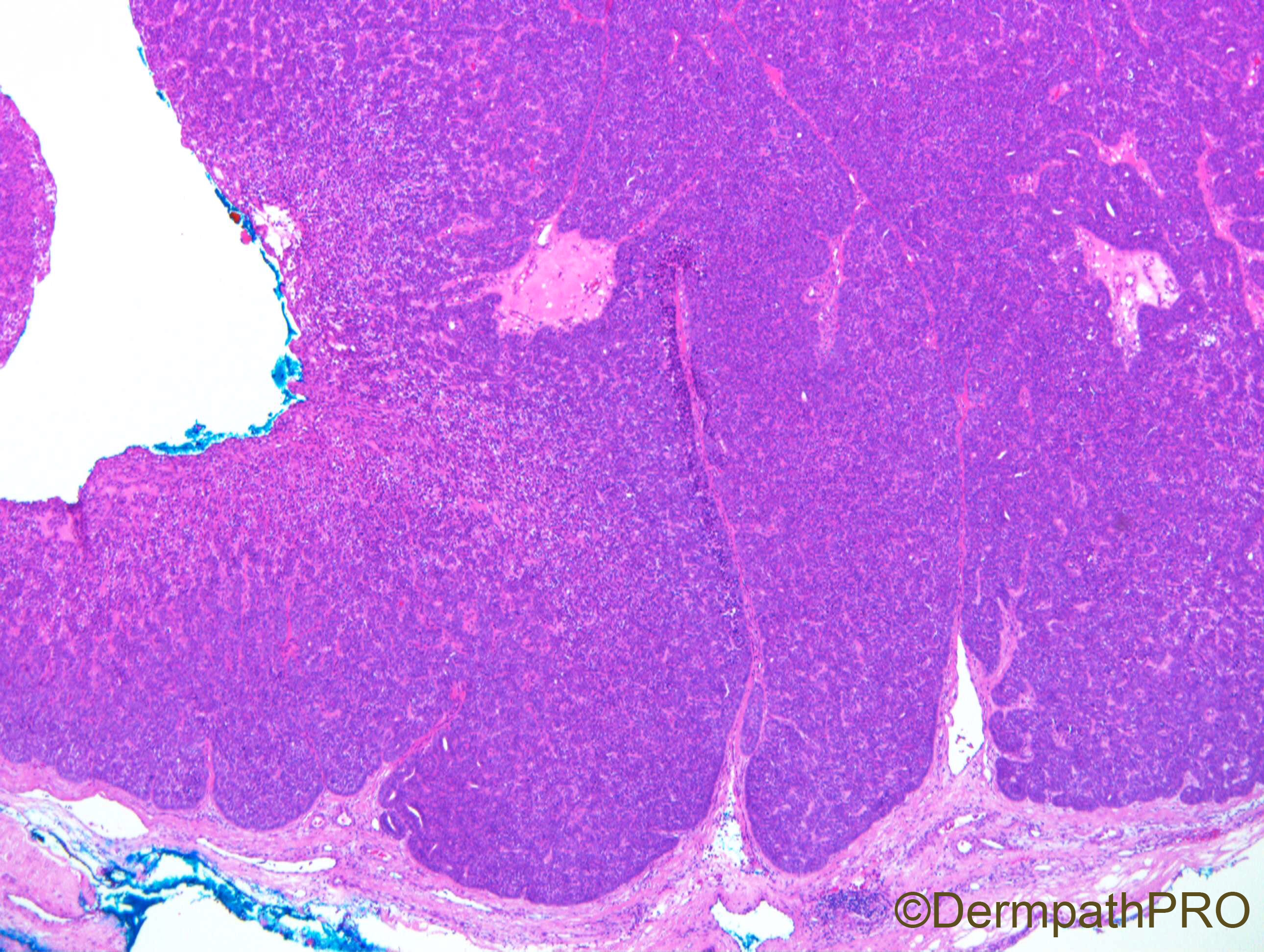
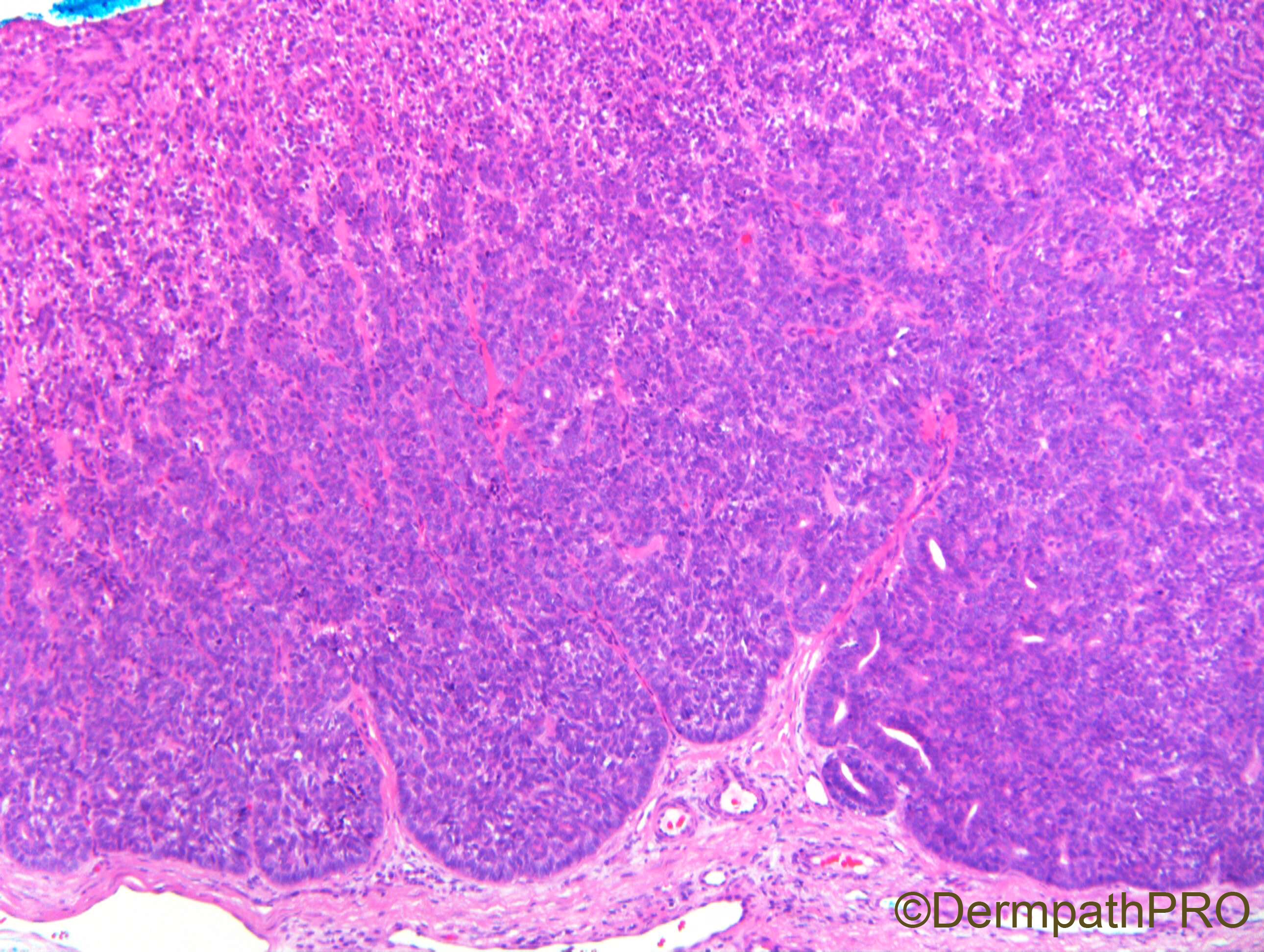
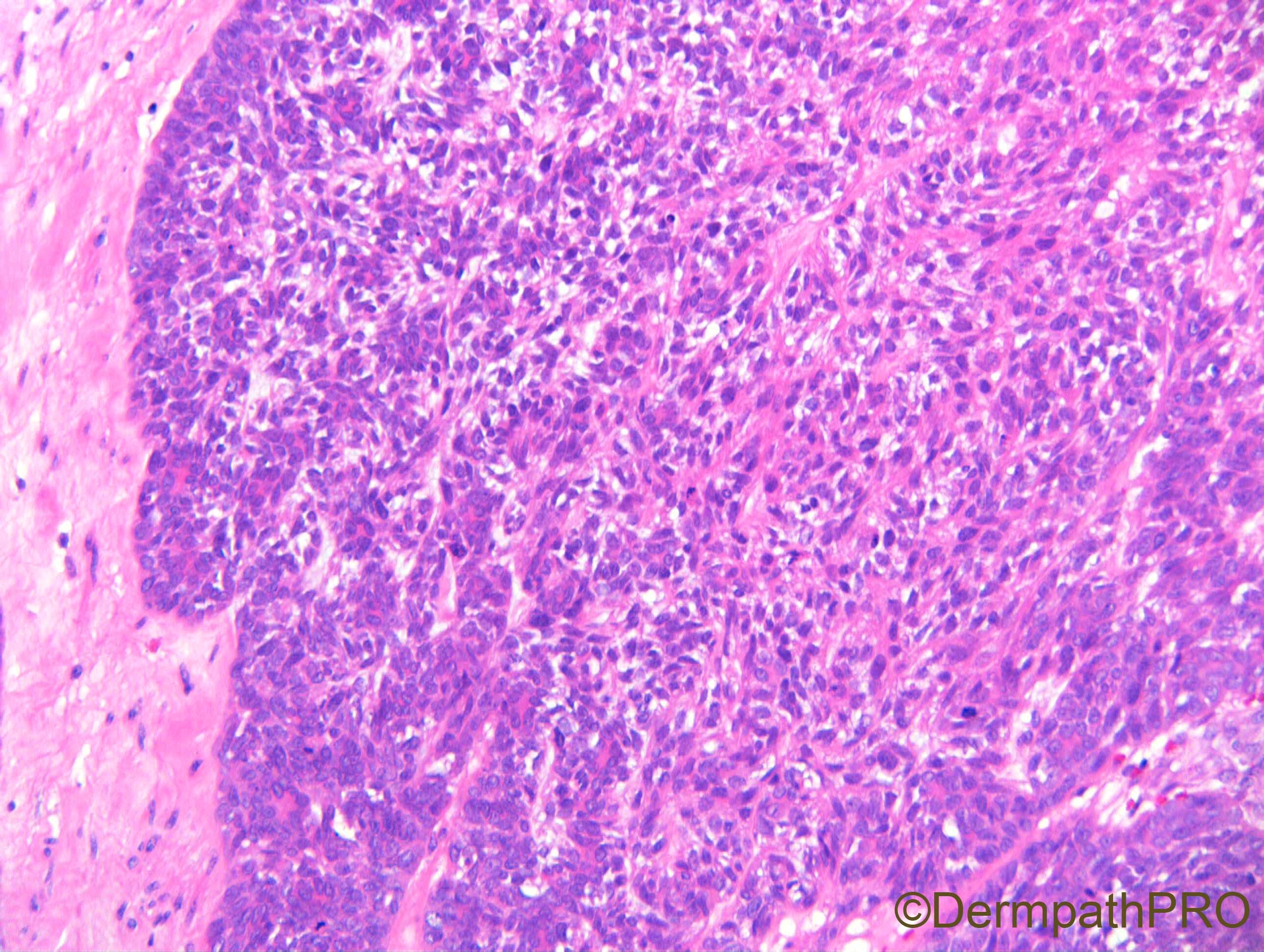
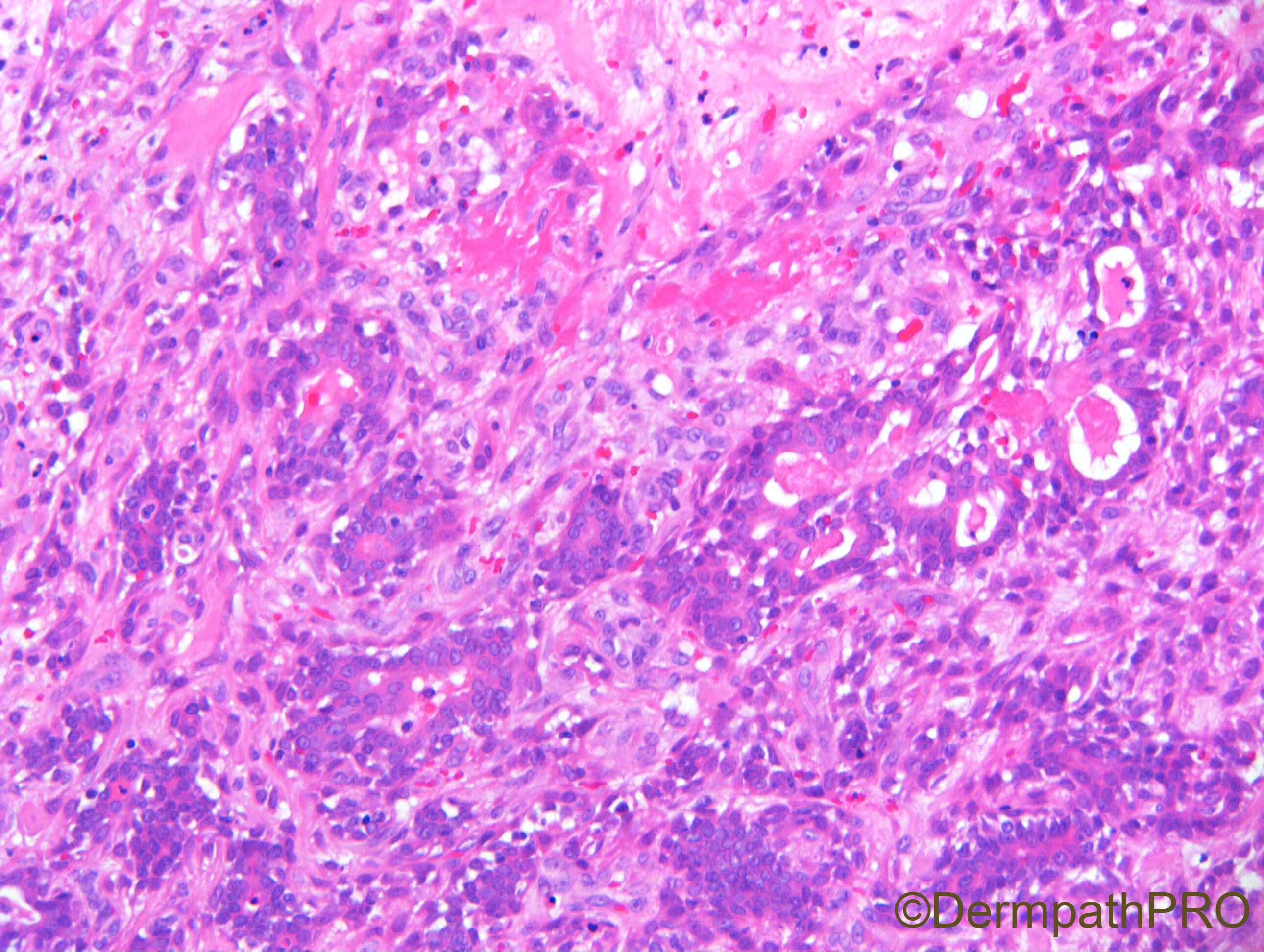
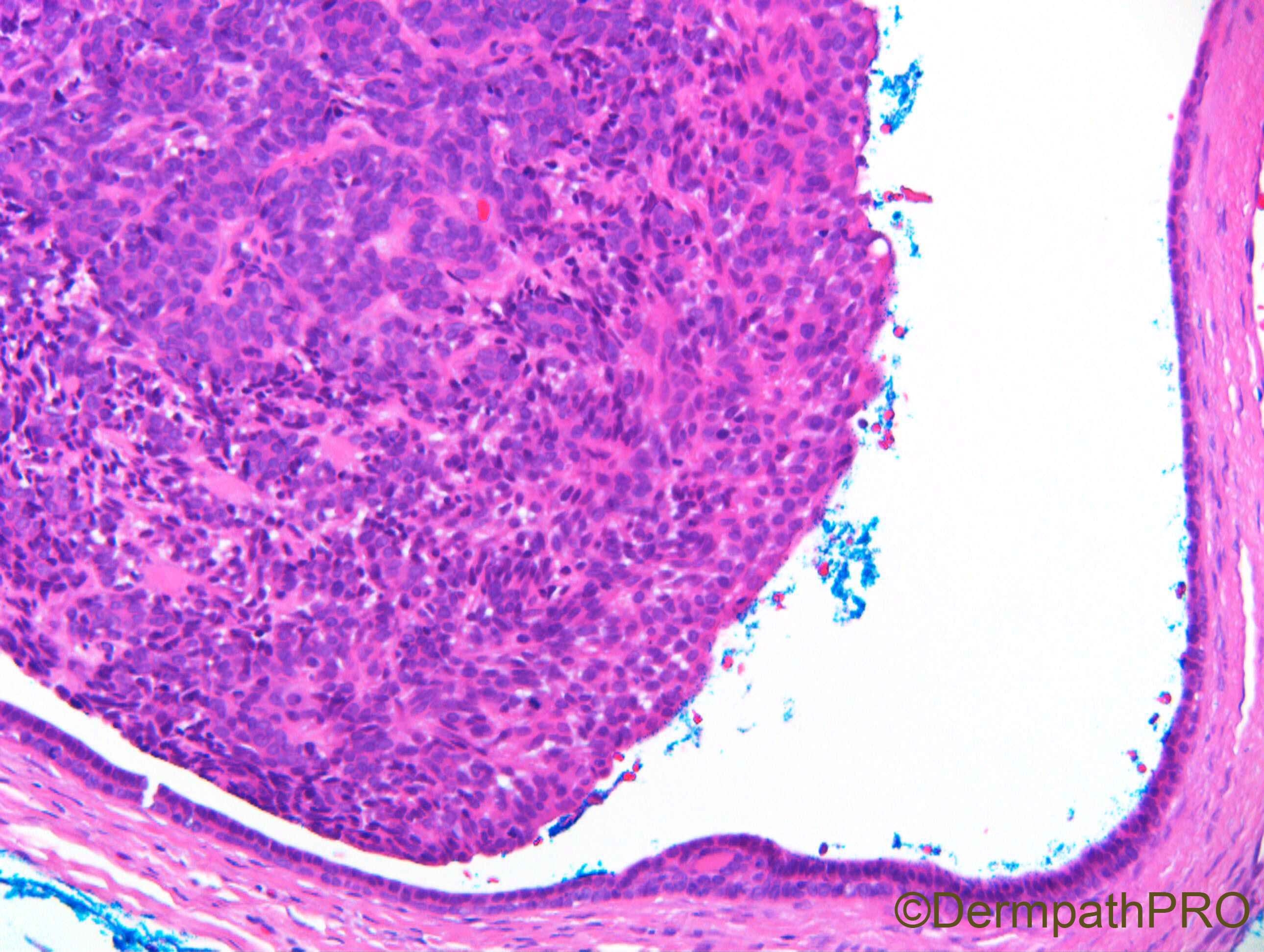

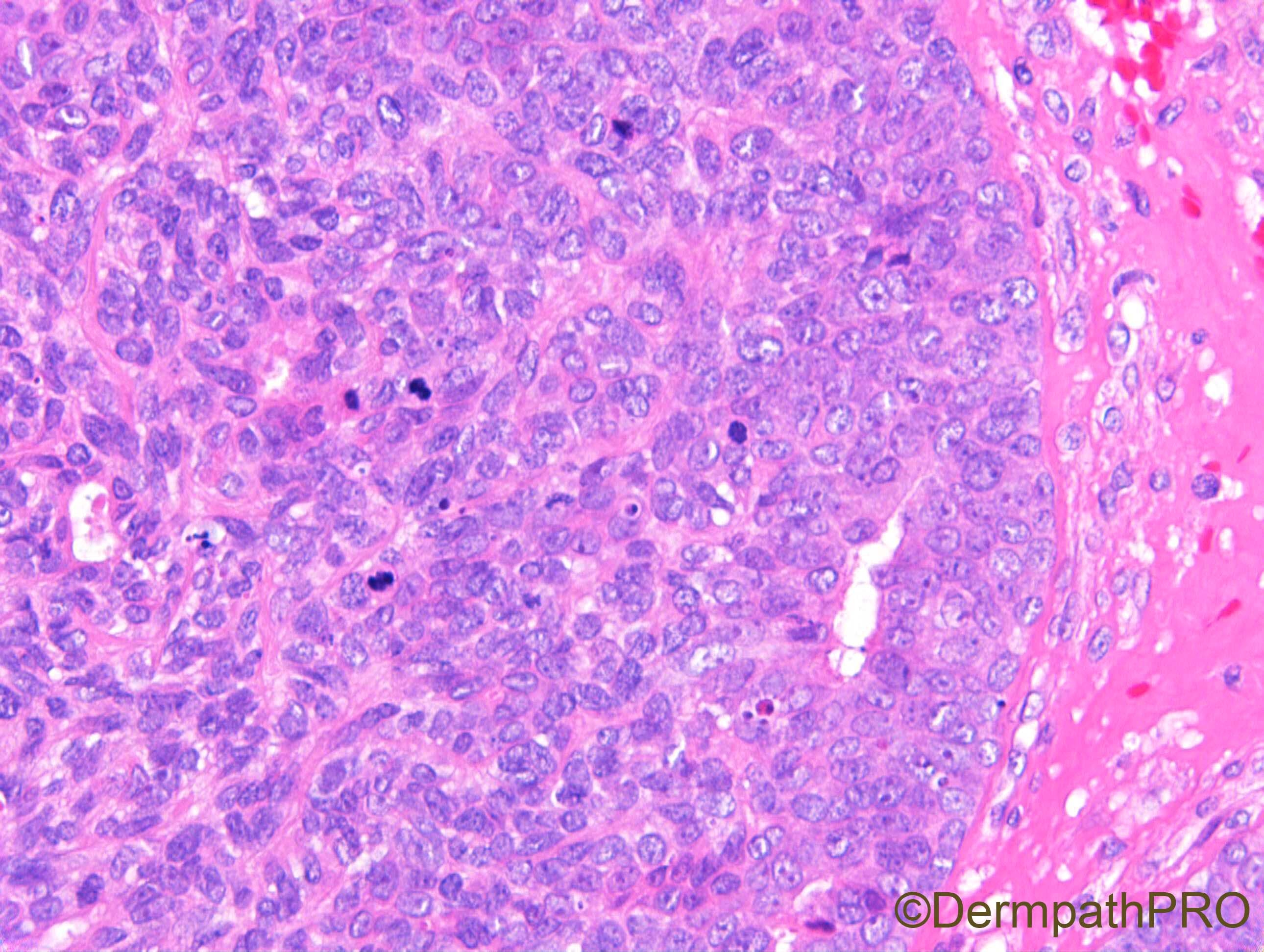
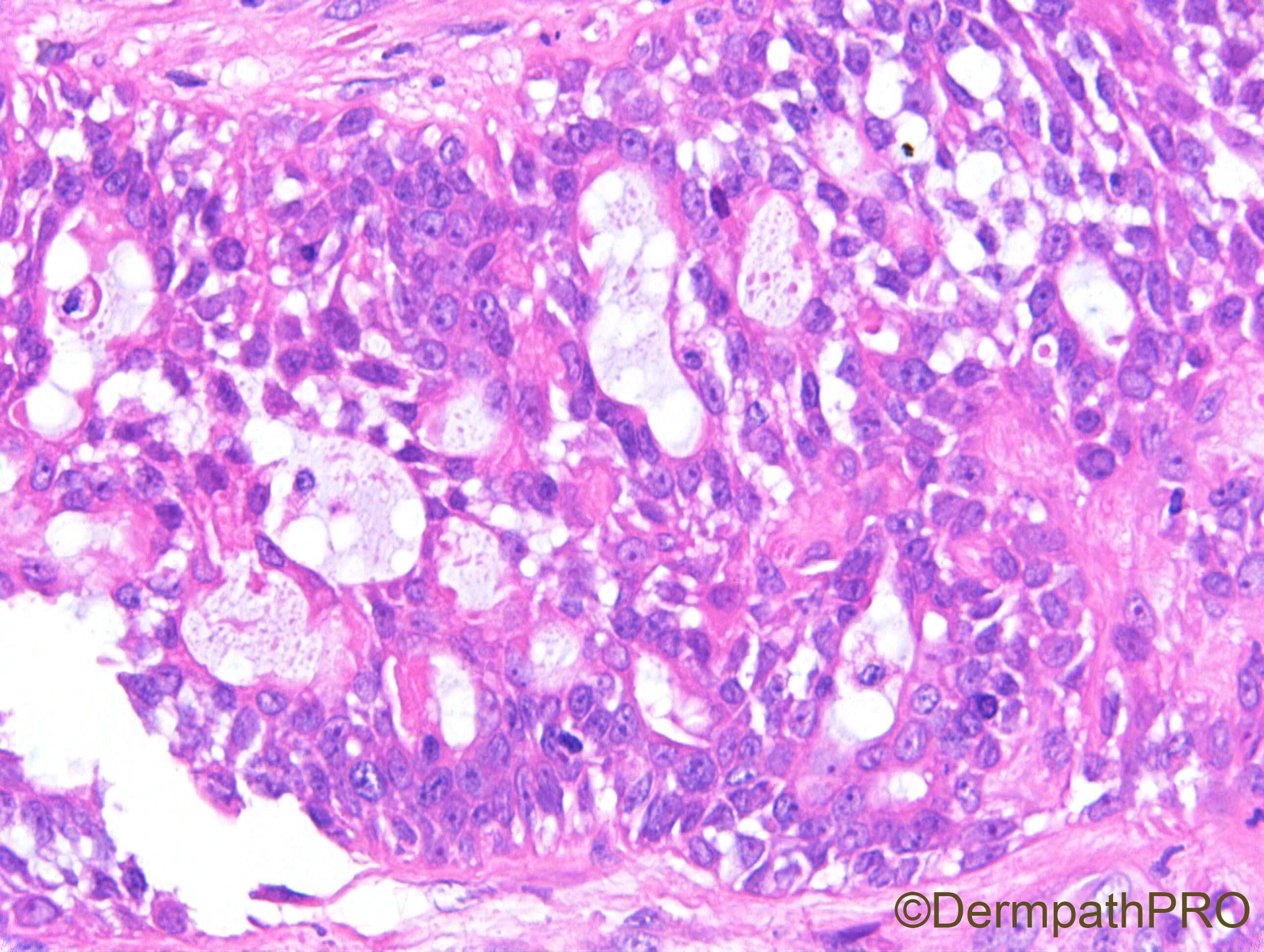
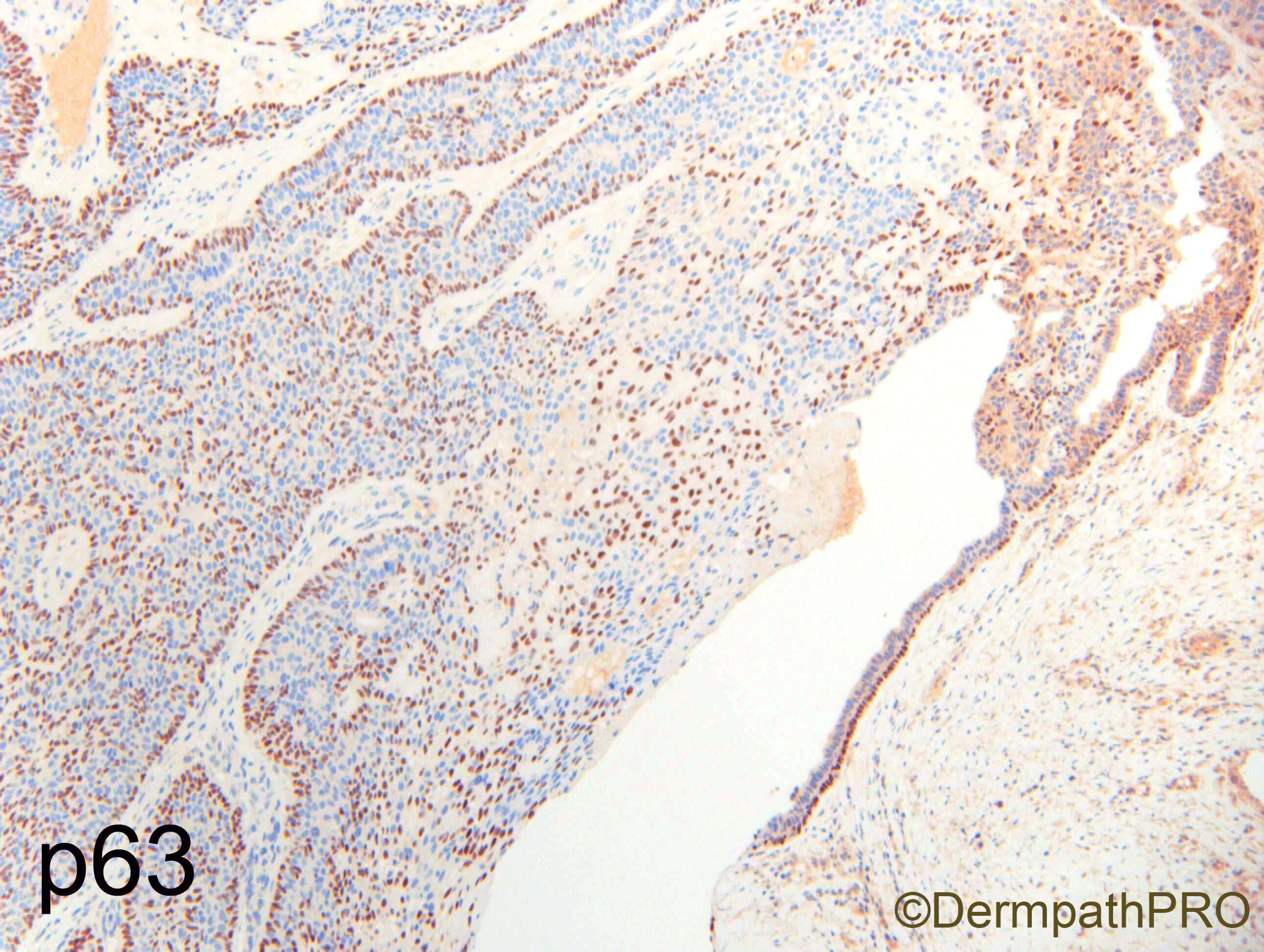
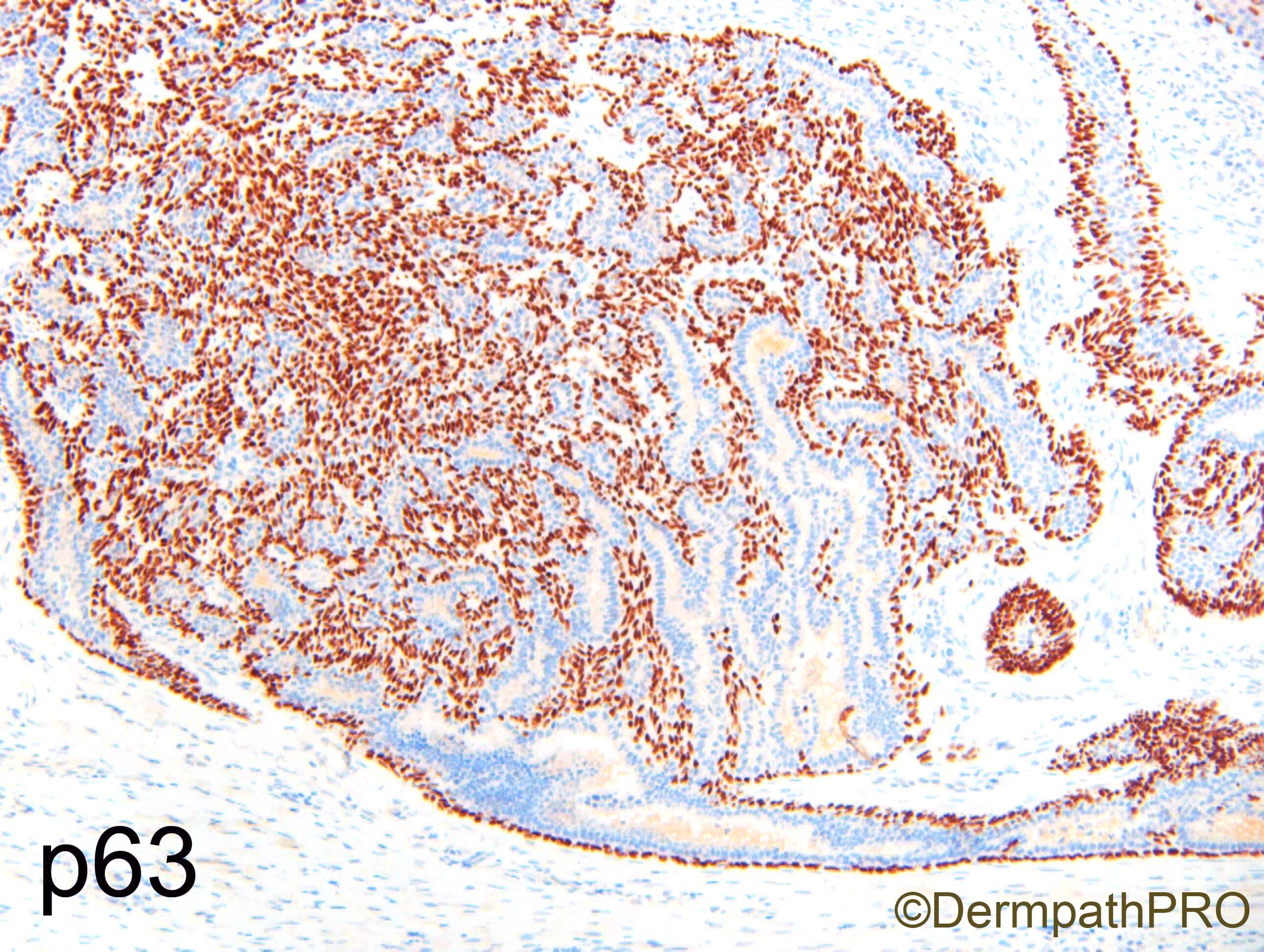
Join the conversation
You can post now and register later. If you have an account, sign in now to post with your account.